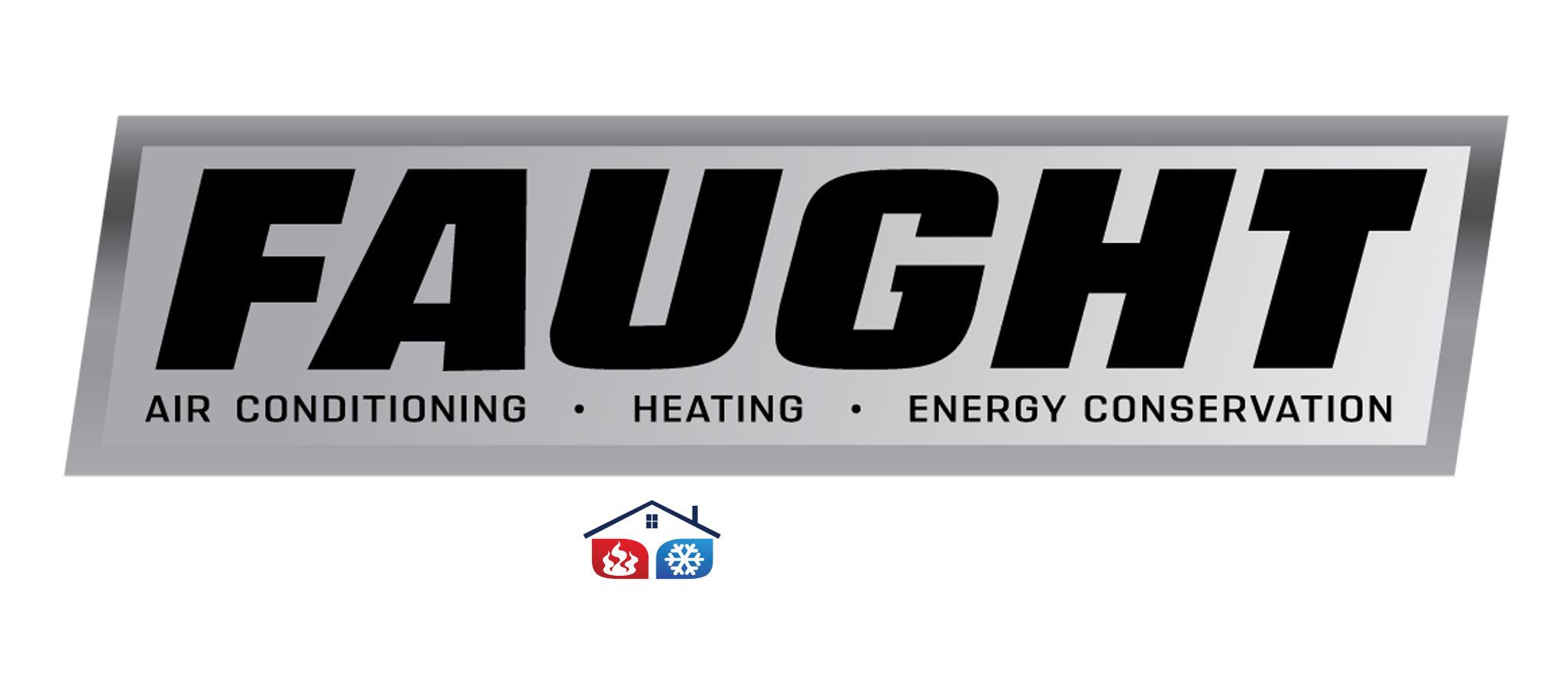Replacing a furnace is something no homeowner wants to think about. It’s a decision, however, that you will eventually need to make. Fortunately, you can plan on it, so you can start budgeting to be ready when that time comes. It’s good to know how long your furnace should last, and what may affect its service life.
Expected Service Life
There are many factors that will affect how long your furnace will operate efficiently. Given a near-perfect environment, manufacturers expect most furnaces to last anywhere from 15 to 30 years.
In most cases of a properly maintained furnace, you can certainly get 15 to 20 years. Few furnaces ever see the 30-year anniversary, so if you are nearing or past that, start planning for a replacement in the near future.
Furnace Make and Model
One of the first considerations of how long your furnace will last is the specific make and model. Different brand furnaces are made with varying qualities, so you do truly get what you pay for in your system.
Technology is always evolving, including in the HVAC sector. If you have a new furnace, you can probably expect it to last longer than a unit manufactured 20 years ago.
Proper Installation
The installation makes a huge difference when it comes to how your furnace works, and in the end how long it will last. Energy Star estimates that half of all new furnaces are installed incorrectly, leading to as much as 30% less efficiency.
When your furnace is not operating at the proper efficiency, it adds strain to the system. This strain makes the components break down more quickly, leading to increased repairs or a shorter service life.
Air Quality
The air quality in your home is an important variable affecting your furnace’s life. You may think of the contaminants in the air when you think about air quality. This is a good first step as the more contaminants you have in the air, the more strain it will add to your furnace.
Another important consideration is the humidity level in your home. The EPA recommends maintaining your home’s humidity between 30% and 50%. If your air is drier, then dust and other contaminants stay in the air longer. Any more moisture encourages biological contaminant growth in your home.
These added contaminants end up clogging your furnace filters more quickly. They also make their way further into your system, causing airflow restrictions in places harder to access and clean. You will get a longer furnace life if you work to improve your air quality.
Maintenance History
How you maintain your furnace will also play a huge role in how long your furnace lasts. Ideally, you should have your system professionally maintained twice a year, in the spring and fall.
During these visits, technicians will clean commonly restricted areas like the heat exchanger and circulating fan. They will also look for any signs that a component is failing, so you can replace it before it strains your system unduly.
As your furnace runs, it creates a lot of vibration, which loosens mounting bolts and screws. Technician will tighten these as they maintain your system, preventing vibrational damage.
In addition to regular professional maintenance, be sure to change your air filters regularly. Depending on the filter your system uses and your air quality, this may be anywhere from every 30 days to as much as six months. For most home furnaces, you should plan to replace your filters every 30 to 90 days.
Airflow Restrictions
While airflow can be restricted from within your furnace, your home may also have restrictions outside the heating system. You want to be sure to give your vents proper clearance, about six inches all the way around. This means heated air will be able to flow out of your system freely. It also means that air can easily flow into the system as well.
Should I Replace My Furnace?
When you are experiencing problems, how do you know if you should replace your system or repair it? If your system is more than 20 years old, you should consider replacing it. Even if you can make it hobble another 10 years, you will benefit from more efficiency in a new system.
Next, look at your bills, both your heating and repair bills. If your bills are steadily increasing, it is a sure sign your system is on its last legs. If the cost to repair your system is more than 50% of the cost of replacing it, you are better off with a new system.
Faught Service Company brings more than 40 years of furnace installation, maintenance and repair experience to the Austin, TX, area. Our NATE-certified technicians are also experts in air conditioning installation and service and duct system designs. Call to schedule your furnace consultation today.



